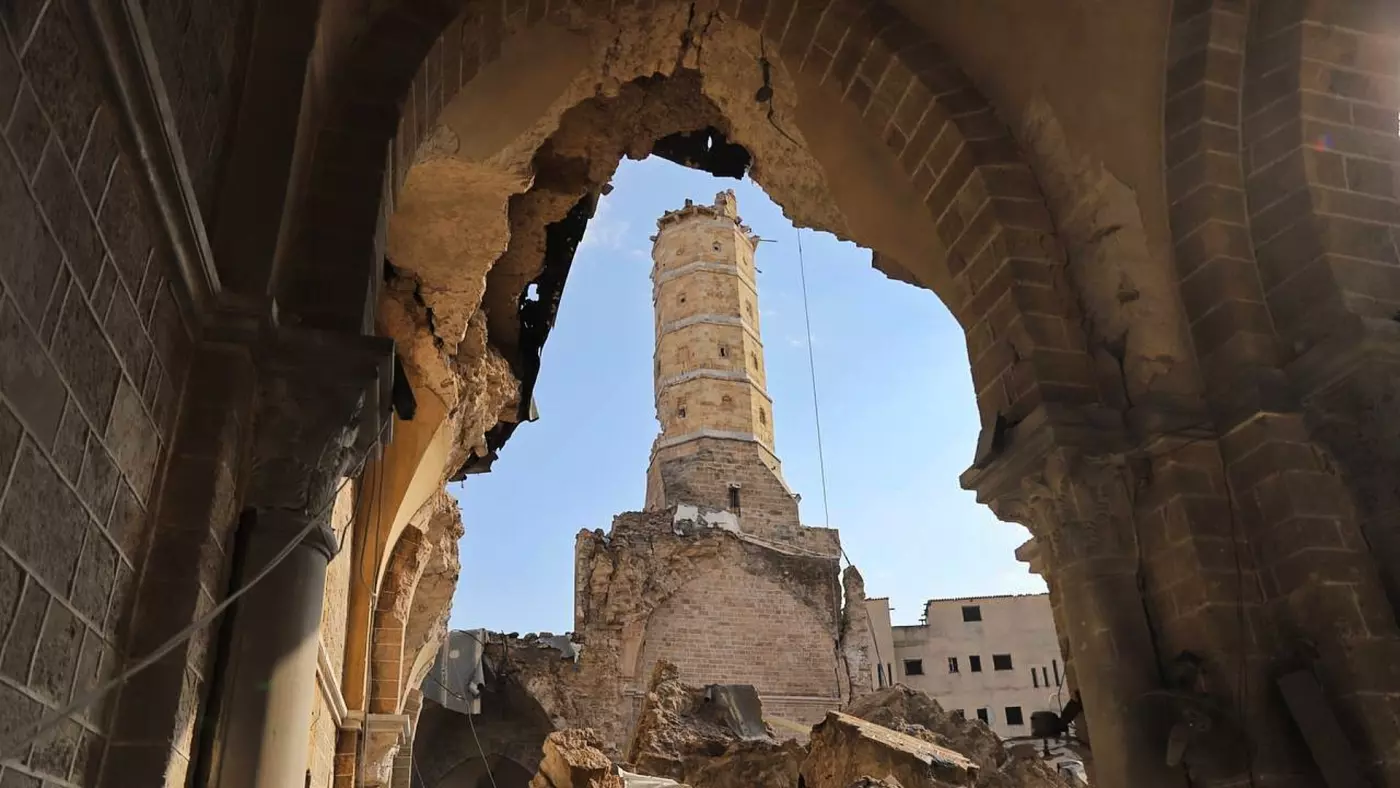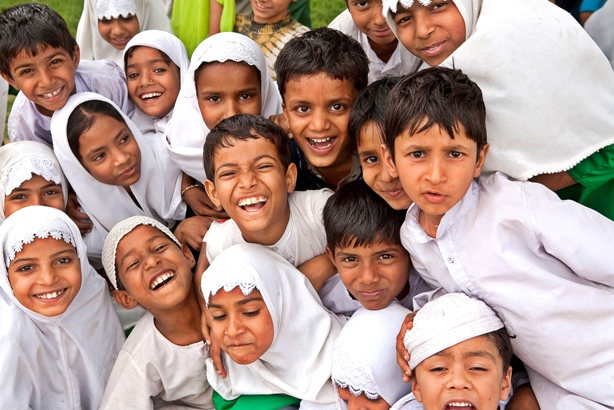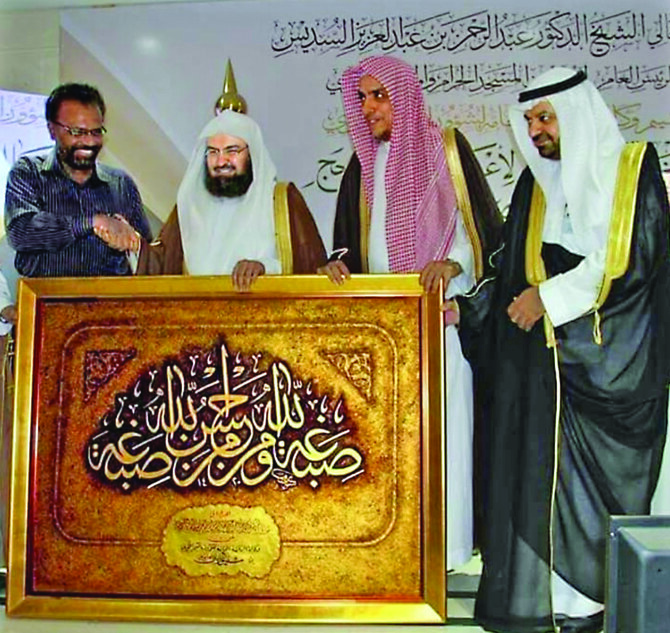Muslims have had a lengthy history in Australia, and their historic narrative can be explored from three angles that roughly correspond with the three stages of contact Muslims have had with both Indigenous peoples and the broader Australian community.
|
|
The earliest stage was prior to British colonisation and mainly consisted of social, cultural and economic contacts between indigenous Australians and Macassan fishermen in areas of the Northern Territory and northern Western Australia. The second stage was as a result of British colonialism and during this period a number of Muslims of various ethnic backgrounds entered Australia.
The earliest contacts with Muslims in Australia were between the indigenous peoples of Northern Australia and fishermen from Makassar (formerly Ujung Pandang), southern Sulawesi in Indonesia. The Macassans came to Australian waters near Arnhem Land and the Kimberley coast in search of trepang, a type of sea cucumber for use as an aphrodisiac, which the Macassans exported to Chinese markets. This contact lasted for centuries, with some records in Sulawesi history showing that fishermen had visited northern Australia regularly since the 1600s. As a result, this regular contact had a deep impact on both the culture and language of indigenous people.
Between the 1860s and 1920s, approximately 2000 Afghan cameleers arrived in Australia. These cameleers and European entrepreneurs imported more than 20 000 camels to Australia, where their ability to transport heavy loads over long distances came into use. The efficiency of the camel saddles allowed the camels to carry more than 600 kilograms of equipment over hundreds of kilometres. These cameleers pioneered a network of trails and tracks that later became today’s roads, linking towns, stations, mines and missions all across the Australian outback.
Australian Muslims are not a monolithic entity. Like other minority groups, they are characterized by religious, ethnic, cultural and socioeconomic diversity. Muslims who have migrated to Australia come from a wide variety of cultural backgrounds including Lebanon, Turkey, Bosnia, Pakistan, Indonesia, Iraq, and Bangladesh, with many more Muslims from other national and ethnic backgrounds. In fact, about 35 percent of Australian Muslims were born in Australia, and the rest migrated to Australia from over seventy different countries. Currently, there are more than 100 mosques and over 25 Muslim schools in Australia.
Of course, since Muslim people have been in Australia for some time now, there are up to third-generation Muslims living here today. In some cases, families have been here even longer than three generations.
According to the 2006 census, Muslims constitute 1.7 percent, or approximately 340 394 people, in Australia. Compared to the 2001 census (281 578 Muslims) and 1996 census (200 885 Muslims), this figure represents a considerable increase. However, the rate of increase over the five-year inter- census period has actually dropped from 40 percent in the 1996–2001 interval to only 21 percent in the 2001–06 period. Interestingly, about 60 percent of Muslims were born overseas, about 91 000 are considered second generation, with almost 7500 as third- generation Australian Muslims. As a result, around half of the Muslim population is under the age of twenty-five, and most Australian Muslims are under the age of twenty-one and were born in Australia.
Despite a rich history of Muslim immigration into Australia, there is little research on their role as active Australian citizens. This changed somewhat post–September 2001, when ‘interest in Muslims as citizens in the west has attracted increasing attention against the backdrop of additional terrorist attacks in Bali (2002), Madrid (2004), and London (2005). The ‘war on terror’ and the emerging political and media discourse of fear and citizenship encouraged Australian Muslims to become more active than had been the case in the 1990s. This activism manifested itself at the national level in Muslim organizations broadening their agenda. Instead of confining themselves to internal community needs, these organizations began to emphasize the need for building bridges of understanding and political activism and advocacy.
In times of tension, the Muslim community’s calm and compelling demeanor has successfully contained and managed reconciliation strategies between the Islamic and Australian communities. For example, after September 11 2001, the Kuraby mosque in Brisbane was burned to the ground.
The Kuraby Muslim community called for and attained restraint towards and forgiveness for the perpetrator. They led a reconciliation strategy to create better understanding between the local Islamic and wider Australian community.
The mosque opened its doors for the wider Australian community to visit and observe how Muslims worship, and engaged in a discussion about Islam. Many Christian groups and churches responded positively, and interfaith gatherings are ongoing.
Mohamad Abdalla is an Associate Professor and Director of the Griffith Islamic Research Unit (GIRU) at Griffith University, Brisbane, Australia
Post Disclaimer | Support Us
Support Us
The sailanmuslim.com web site entirely supported by individual donors and well wishers. If you regularly visit this site and wish to show your appreciation, or if you wish to see further development of sailanmuslim.com, please donate us
IMPORTANT : All content hosted on sailanmuslim.com is solely for non-commercial purposes and with the permission of original copyright holders. Any other use of the hosted content, such as for financial gain, requires express approval from the copyright owners.
 Sri lanka Muslims Web Portal Sri Lanka Muslims News Center
Sri lanka Muslims Web Portal Sri Lanka Muslims News Center




